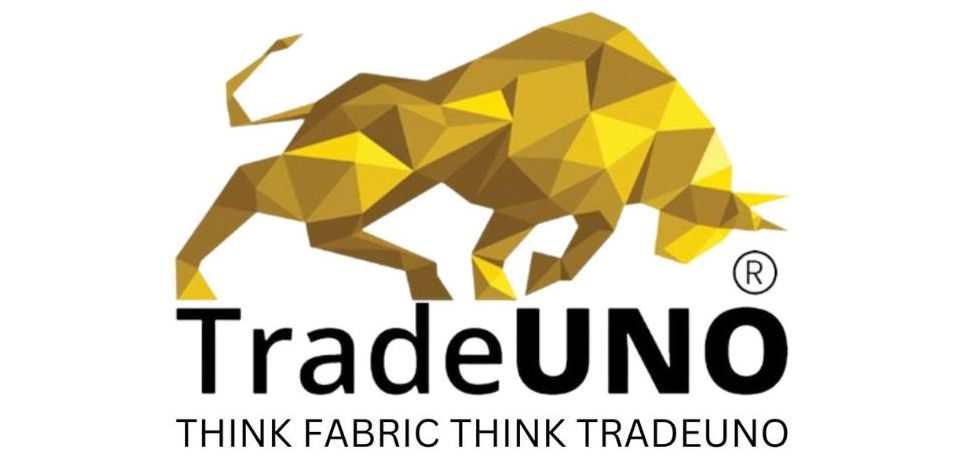About Matka Silk Fabric
Made from the short ends of silk threads, typically from the Bombyx mori silkworm—the same species that makes mulberry silk—matka silk is a hand-spun, handwoven fabric. Matka silk is known for its uneven weave and coarse texture, which come from the shorter strands. This gives the cloth a raw, organic feel. Matka silk is more charming because it has a more rustic and matte appearance than typical silk, which has a glossy and sparkly texture.
Origin of Matka Silk
India is the source of matka silk fabric, with the majority of its production concentrated in the districts of West Bengal's Murshidabad and some areas of Bihar. The word "rough handspun yarn" in Hindi is the source of the name "Matka," which describes the fabric's texture and age-old manufacturing techniques. Matka silk fabric has been made by skilled craftspeople in villages using handlooms and organic methods for millennia.
Characteristics of Matka Silk
Rugged Texture: The rugged, slubby texture with weave imperfections that characterizes Matka silk. This gives the fabric an organic, handspun look.
Durability: Matka silk material is incredibly robust and resilient, even with its coarse texture, which makes it appropriate for a variety of clothing items and textile goods.
Breathability: Wearing matka silk fabric in warmer regions is comfortable since it breathes better than regular silk.
Shine and Drape: Matka silk material adds a bit of refinement to the rustic style with its superb drape and slight shine, although being less glossy than mulberry silk.
Uses of Matka Silk Fabric
Fashion
Sarees:
Matka silk sarees are a popular choice for their rich texture and elegance. They are perfect for traditional wear while maintaining a raw, natural look.
Salwar Suits and Kurtis:
The durability and breathability of Matka silk make it a popular choice for ethnic wear, including salwar suits, kurtis, and lehengas.
Blouses and Tops:
Matka silk’s distinctive texture makes it ideal for stylish blouses and tops, blending tradition with modern fashion.
Interior Design
Cushion Covers:
Matka silk's innate beauty makes it a fantastic material for cushion covers, giving living rooms an opulent and ethnic feel.
Drapes & Curtains:
The earthy and refined appearance of matka silk comes from its texture and longevity, which make it the perfect material for drapes and curtain fabric.
Upholstery:
Light upholstery fabrics, including chair cushions and table runners, also uses Matka silk for a more handmade and natural look.
How to Care for Matka Silk Material
- It is recommended to dry clean Matka silk products, particularly sarees and elaborately embroidered clothing, as this is the most secure method.
- Use cold water and a light detergent if you decide to wash it by hand at home. Don't scrape or wring out the fabric; instead, gently wash it.
- Press the fabric's back side with a warm iron. To preserve the silk's surface, it is best to use a pressing cloth.
FAQs
How does Matka silk feel to the touch?
Matka silk's hand-spun yarn gives it a slightly rough, slubby texture. It sets itself apart from smoother silks like mulberry or tussar silk with its distinctive uneven weave, which imparts a raw, organic feel.
Is Matka silk comfortable to wear?
Yes, Matka silk is breathable, lightweight, and comfortable to wear, especially in warmer climates. The slightly coarse texture gives the fabric a unique feel, but it is still soft enough for everyday or festive wear.
Is Matka silk suitable for all seasons?
Yes, Matka silk is breathable and lightweight, making it suitable for warm climates, while its heavier texture also provides warmth during cooler months. It is a versatile fabric that can be worn year-round.

 Call Us
Call Us